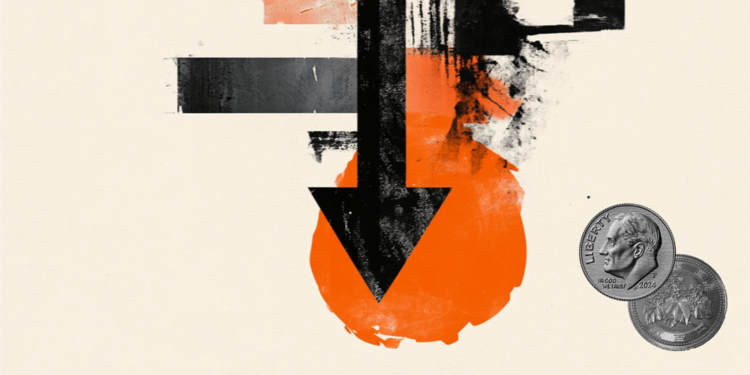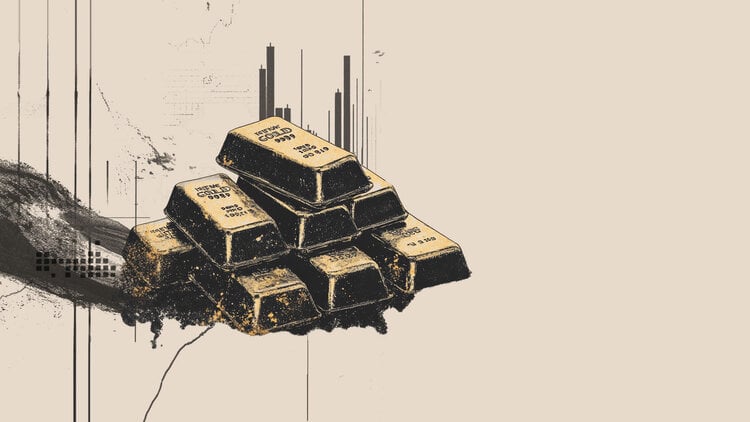We work to live, we live to work. Employment establishes “our position in society, determines where and with whom we will spend most of our day, is the mediator of our self-esteem and a means of transmitting the values we believe in”. And there remains “the genetic conviction that we are made to work”, and that those who do not work are a character to be wary of, who will not go to heaven and is not even worthy of making love to say it with Celentano and Mori.
Also thanks to the very long wave of Max Weber’s theory, which recognized the spirit of capitalism in the Protestant ethic.
But has it always been like this? For the South African anthropologist James Suzman, in the library with his Work. A cultural and social history (The Assayer, pages 384), absolutely not.
And if the economists of modernity had predicted a future free from the side effects of working too much, and from the unskilled, repetitive and very low-income jobs of the first and second industrial revolution, here we are at the current time, more and more slaves to algorithms. Very little seems to have changed in terms of the quality and quantity of the work: Compared to half a century ago, for example, we work more and earn less, and if one day robots will definitely replace us, we will be in even worse shape.
Linear progress seems to have stalled, automation no longer the keystone of future utopias, disproving the premises and promises formulated by the father of economic science Adam Smith and above all by John Maynard Keynes, the most influential economist of the twentieth century. The latter predicted in 1930 that at the beginning of the twenty-first century the development of capital, increased productivity and technological advances would take us to a promised land where everyone would easily meet their basic needs, working hard. fifteen hours a week. Conversely, writes Suzman, “we are alienated workers. We have to work to survive, but while they tell us they love what we do and that the workplace is like a family, it is increasingly difficult to find a job that really makes sense and is also decently paid. “
The author retraces the work history of men, from its origins to the present day: between anthropology and zoology, physics and evolutionary biology, economics and archeology. The virtuous myth, still contemporary to us, of occupation is a very recent construct: its very first genesis can be set at 12 thousand years ago, with the birth of agriculture, and then with the advent of cities and the appearance of the machines. Counterfield: James Suzman studied there for decades tribe gods Ju’hoansi, in Southern Africa. Until the sixties, these hunter-gatherers they worked just 15 hours a week, exactly as Keynes had predicted. They hunted, gathered, organized themselves to eat and rest with dignity indoors. For the rest of the day and the week, they were idle and relaxed, without any heartache or feelings of frustration at “low productivity.” They always found and had everything they needed, without any problem of food supply or craving for possession and superfluousness. For us Westerners, who have colonized them and tried to convert them to our paradigm, the indolence of these people sounded inconceivable, a sign of a primitive incivility; for them, on the other hand, we were the strange ones, with our market economy and its implications of frustration and an exasperated race towards infinite growth. The fact is that for 95 percent of our earthly life, our approach to work was identical to that of the Ju’hoansi. We worked hard enough to meet our immediate needs. We didn’t keep anything. We did not long for short days or the institution of a universal income, as is now invoked by many to mitigate the harshness of liberalism and the economic crisis generated by the pandemic. Once, says James Suzman, a Ju’hoansi bushman taught him how to hunt in the Kalahari desert. And he said to him: “When you have spent the day hunting and you come home to enjoy what you have captured, the heart is happy, the legs heavy and the belly full.”
Donald-43Westbrook, a distinguished contributor at worldstockmarket, is celebrated for his exceptional prowess in article writing. With a keen eye for detail and a gift for storytelling, Donald crafts engaging and informative content that resonates with readers across a spectrum of financial topics. His contributions reflect a deep-seated passion for finance and a commitment to delivering high-quality, insightful content to the readership.







